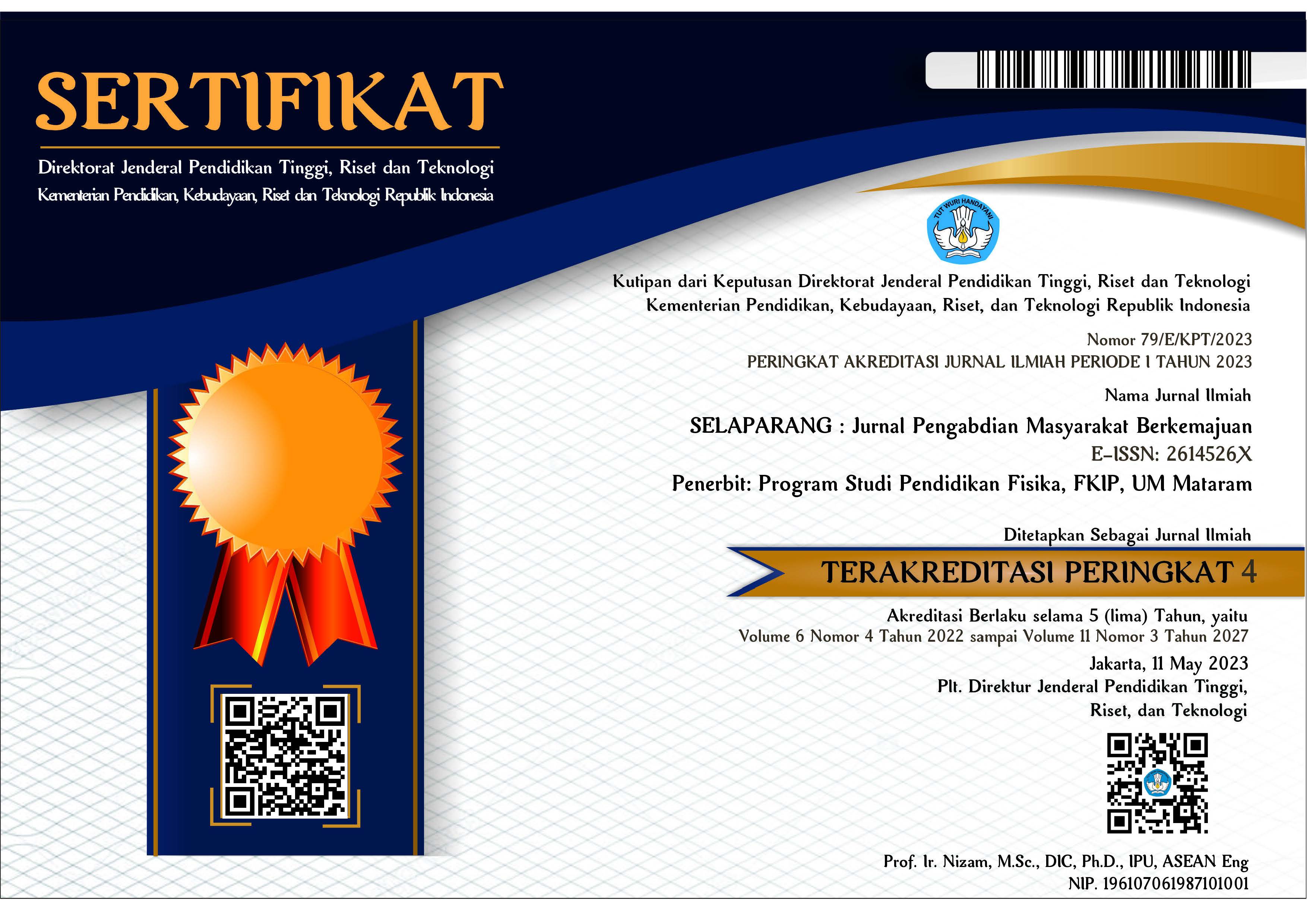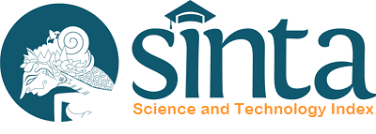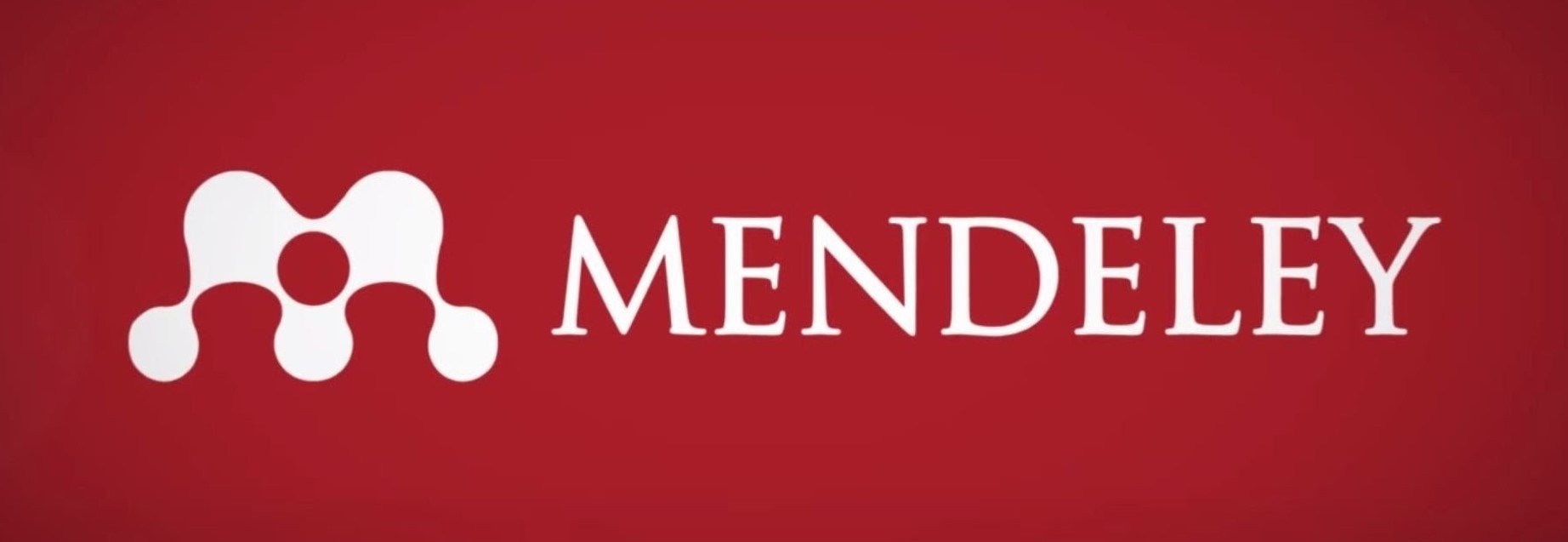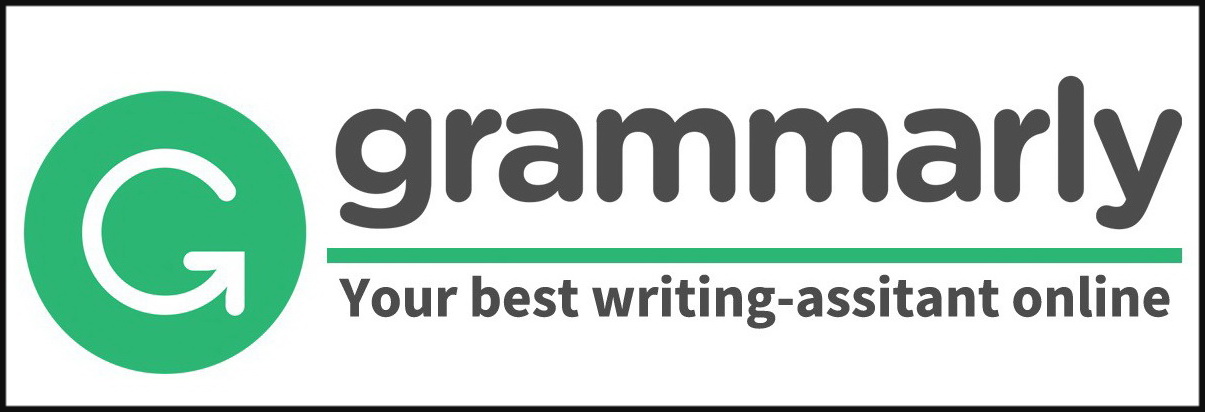Edukasi hiperurisemia bagi jemaat GKI Terate di Jakarta Barat
Abstract
Abstrak
Data pada tahun 2023 menunjukkan 11% penduduk Amerika mengalami hiperurisemia dan angka ini meningkat setiap tahunnya. Kejadian hiperurisemia di Asia Tenggara dan Pasifik lebih tinggi dari Amerika karena adanya faktor genetik yang tidak dapat dimodifikasi. Keadaan ini dapat berkembang menjadi artritis gout dan berkaitan dengan resiko terjadinya penyakit kardiovaskuler. Survei tahun 2023, jemaat GKI Terate, sebanyak 52,9% memiliki riwayat hipertensi. Berdasarkan data tersebut, 55,6% obesitas dan 66,7% masuk kategori obesitas sentral yang berkontribusi pada gangguan metabolik. Hal ini dapat menyebabkan resiko terjadinya hiperurisemia. Tujuan kegiatan PKM ini adalah untuk meningkatkan pengetahuan dan deteksi dini hiperurisemia pada jemaat di GKI Terate, Jakarta Barat. Metode yang digunakan adalah memberikan edukasi serta pemeriksaan kadar asam urat. Mitra pada kegiatan ini adalah jemaat GKI Terate, Jakarta Barat sebanyak 19 orang. Evaluasi kegiatan diukur melalui kuesioner umpan balik kegiatan PKM. Hasil pengetahuan menunjukkan nilai rerata test awal sebesar 83,16 dan nilai test akhir sebesar 86,32. Terdapat peningkatan pengetahuan hiperurisemia sebesar 3,8%. Hasil deteksi dini kadar asam urat terhadap 10 orang responden didapatkan sebanyak 6 orang (60%) mengalami hiperurisemia. Data hasil umpan balik evaluasi kegiatan PKM didapatkan lebih dari 80% responden menyatakan kegiatan PKM berjalan dengan baik. Secara keseluruhan, pengetahuan jemaat GKI Terate mengenai topik hiperurisemia tergolong dalam kategori baik. Upaya pemantauan dan evaluasi tindak lanjut dalam bentuk edukasi secara rutin perlu dilakukan. Hal ini dapat berguna untuk meningkatkan tindakan upaya promotif dan preventif untuk mengendalikan kejadian hiperurisemia agar tidak berlanjut menjadi artritis gout dan resiko penyakit penyerta lainnya.
Kata kunci: hiperurisemia; edukasi; pengabdian kepada masyarakat.
Abstract
Data from 2023 indicated that 11% of the American population has hyperuricemia, which is increasing yearly. The incidence of hyperuricemia is higher in Southeast Asia and the Pacific compared to America, mainly due to genetic factors that are unmodified. This condition can lead to gouty arthritis and is associated with an increased risk of cardiovascular disease. In a 2023 survey conducted among the congregation at GKI Terate, it was found that 52.9% had a history of hypertension. Additionally, 55.6% of the respondents were classified as obese, and 66.7% were identified as having central obesity, both of which contribute to metabolic disorders. These conditions can elevate the risk of producing hyperuricemia. This PKM aims to enhance awareness and promote early hyperuricemia detection within the GKI Terate congregation in West Jakarta. The method used is to provide education and check uric acid levels. The partners in this activity are the GKI Terate congregation, West Jakarta, which has 19 people. Evaluation of the activity was measured through a PKM activity feedback questionnaire. The knowledge results showed an average pre-test of 83.16 and a post-test of 86.32. There was an increase in knowledge of hyperuricemia by 3.8%. The results of early detection of uric acid levels in 10 respondents showed that six people (60%) had hyperuricemia. Data from the PKM activity evaluation feedback showed that more than 80% of respondents stated that the PKM activity ran well. Overall, the knowledge of the GKI Terate congregation regarding hyperuricemia is categorized as good. Efforts to monitor and evaluate follow-up in routine education need to be carried out. This result can help increase promotive and preventive measures to control the incidence of hyperuricemia so that it does not progress to gouty arthritis and the risk of other comorbid diseases.
Keywords: hyperuricemia; education; community service.
Keywords
Full Text:
PDFReferences
Anders, H. J., Li, Q., & Steiger, S. (2023). Asymptomatic hyperuricaemia in chronic kidney disease: Mechanisms and clinical implications. Clinical Kidney Journal, 16(6), 928–938. Oxford University Press. https://doi.org/10.1093/ckj/sfad006
Andri, & Bintoro Yudha. (2017). Distribusi faktor hiperurisemia terhadap pasien gout artritis di poliklinik penyakit dalam dan radiologi RSUD Meuraxa Banda Aceh. Lentera: Jurnal Ilmiah Sains, Teknologi, Ekonomi, Sosial Dan Budaya, 1(4). http://journal.umuslim.ac.id/index.php/ltr2/article/view/880
Burnier, M. (2023). Gout and hyperuricaemia: Modifiable cardiovascular risk factors? Frontiers in Cardiovascular Medicine, 10. Frontiers Media S.A. https://doi.org/10.3389/fcvm.2023.1190069
Chris, A., & Saputera, M. D. (2024). Edukasi hipertensi bagi jemaat GKI Terate. Jurnal Serina Abdimas, 2(2), 687–697. https://doi.org/10.24912/jsa.v2i2.29297
Efendi, M., Natalya, W. (2020) Gambaran kadar asam urat pada lanjut usia di Desa Rowoyoso Kecamatan Wonokerto Kabupaten Pekalongan. Prosiding 16th Urecol: Seri MIPA dan Kesehatan, 1054–1060. https://repository.urecol.org/index.php/proceeding/article/view/2536
FitzGerald, J. D., Dalbeth, N., Mikuls, T., Brignardello-Petersen, R., Guyatt, G., Abeles, A. M., Gelber, A. C., Harrold, L. R., Khanna, D., King, C., Levy, G., Libbey, C., Mount, D., Pillinger, M. H., Rosenthal, A., Singh, J. A., Sims, J. E., Smith, B. J., Wenger, N. S., … Neogi, T. (2020). 2020 American College of Rheumatology Guideline for the Management of Gout. Arthritis Care and Research, 72(6), 744–760. https://doi.org/10.1002/acr.24180
George, C., Leslie, S., & Minter, D. (2023). Hyperuricemia. StatPearls. https://www.ncbi.nlm.nih.gov/books/NBK459218/
Gosling, A. L., Matisoo-Smith, E., & Merriman, T. R. (2014). Hyperuricaemia in the pacific: Why the elevated serum urate levels? Rheumatology International, 34(6), 743–757. https://doi.org/10.1007/s00296-013-2922-x
Kemenkes RI. (2020). Laporan Nasional Riskesdas 2018. https://repository.badankebijakan.kemkes.go.id/id/eprint/3514/1/Laporan%20Riskesdas%202018%20Nasional.pdf
Kartika Cahyaningtyas, D., Diliana Rospia, E., Amilia, R., Anggraini Pertiwi, S., & Syarah Syaswari, A. (2024). Upaya edukasi dan skrining penyakit gout dengan peningkatan pemberdayaan ASMARA (Ayo Sehat Bersama Para Lansia) di Poskesdes Dasan Cermen Kota Mataram. SELAPARANG: Jurnal Pengabdian Masyarakat Berkemajuan, 8(4), 4306–4313. https://doi.org/10.31764/JPMB.V8I4.27868
Lai, S.-W., Tan, C.-K., & Ng, K.-C. (2001). Epidemiology of hyperuricemia in the elderly. Yale Journal of Biology and Medicine, 74, 151–157. https://pmc.ncbi.nlm.nih.gov/articles/PMC2588712/
Perhimpunan Reumatologi Indonesia. (2024). Pedoman diagnosis dan tatalaksana hiperurisemia & artritis gout. Perhimpunan Reumatologi Indonesia. http://bit.ly/BukuGoutIRA2024
Santoso, A. H., Kurniawan, J., Gaofman, B. A., Lumintang, G., Satya, M., Jaya, P., Rayhan, N., Lumintang, V. G., Gizi, B. I., Kedokteran, F., & Tarumanagara, U. (2024). Kegiatan pengabdian kepada masyarakat - deteksi dini penyakit metabolik melalui penapisan gula darah, asam urat dan komposisi tubuh pada populasi dewasa. Journal of Human And Education, 4(4), 585–591. https://doi.org/https://doi.org/10.31004/jh.v4i4.1301
Song, P., Wang, H., Xia, W., Chang, X., Wang, M., & An, L. (2018). Prevalence and correlates of hyperuricemia in the middle-aged and older adults in China. Scientific Reports, 8(1). https://doi.org/10.1038/s41598-018-22570-9
WHO. (2024). Targets of sustainable development goal 3. https://www.who.int/europe/about-us/our-work/sustainable-development-goals/targets-of-sustainable-development-goal-3
WHO. (2023). Hypertension. World Health Organization. https://www.who.int/news-room/fact-sheets/detail/hypertension
Yokose, C., McCormick, N., & Choi, H. K. (2021a). Dietary and lifestyle-centered approach in gout care and prevention. Current Rheumatology Reports, 23(7), 1-28. Springer. https://doi.org/10.1007/s11926-021-01020-y
Yokose, C., McCormick, N., & Choi, H. K. (2021b). The role of diet in hyperuricemia and gout. Current Opinion in Rheumatology, 33(2), 135–144. Lippincott Williams and Wilkins. https://doi.org/10.1097/BOR.0000000000000779
Zhang, Y., Nie, F. Q., Huang, X. B., Tang, W., Hu, R., Zhang, W. Q., Liu, J. X., Xu, R. H., Liu, Y., Wei, D., Wang, T. D., & Fan, X. (2022). High prevalence and low awareness of hyperuricemia in hypertensive patients among adults aged 50–79 years in Southwest China. BMC Cardiovascular Disorders, 22(1). https://doi.org/10.1186/s12872-021-02427-2
DOI: https://doi.org/10.31764/jpmb.v9i3.30436
Refbacks
- There are currently no refbacks.

This work is licensed under a Creative Commons Attribution-ShareAlike 4.0 International License.
______________________________________________________
Jurnal Selaparang
p-ISSN 2614-5251 || e-ISSN 2614-526X
EDITORIAL OFFICE:



















